To create our interactive exhibit Final Mission: USS Tang Submarine Experience, one of the first important steps was to gather photographs of the interior of the USS Ling (SS 297) in New Jersey. The Ling is a Balao-class submarine like our subject the USS Tang (SS 306), and an ideal starting point for the project. Having signed Cortina Productions to develop the components of the show, the museum hired The Taylor Group to develop the spatial and physical environment of a World War II submarine for the exhibit.
In January 2012, I went along with the Museum’s executive team to visit The Taylor Group at its facilities in Toronto. Our concept for the exhibit was to create an experience that would last approximately 15 minutes so that we could run the show three times an hour for visitors. Based on preliminary designs, we would have room for 27 visitors to go through each show. The exhibit would contain 13 “jobs” or interactive positions that the crew would have held on a real submarine. Each of the 13 interactive positions would accommodate two visitors (the maneuvering room was the exception, holding three positions to reach 27 total positions). The concept was that visitors would be assigned a task to perform at their position during the show. In reality, submariners undergo extensive training for their jobs, so we recognized that given the time constraints—and that we were asking an audience that would include many children to perform on cue—the assigned tasks would have to be simple and intuitive, with visual and audio cues provided during the show. And the spaces would have to conform to the Americans with Disabilities Act.
One other important detail to mention: We decided to give each visitor a watch-bill, or printed card, that would not only direct visitors to their stations but provide biographical information on a sailor from the Tang who had manned that station back in 1944. In this manner, we hoped to establish a personal connection to the crew for our visitors.
So how does a fabrication company show a preliminary, inexpensive mock-up of the interior of a WWII submarine to its client? In a word, the answer is cardboard!
The Taylor Group created a model space for us to get an idea of what it would actually feel like to be in the exhibit. Plywood was used for arches and entrances, but the positions were represented by cardboard mock-ups. In the above series of photographs, one can see our first look at a periscope; an idea of the proper size of an interior hatch, drawn on a piece of cardboard; dive-plane wheels, with an actual model wheel Taylor had acquired; a cardboard mock-up of the hull opening indicator panel; depth controls, drawn to scale; a mock-up of the sonar station; and, finally, a couple of cardboard barrels representing the torpedo tubes.
First viewed by the museum team during a snowy January day in a warehouse in Toronto, these cardboard props were the initial vision from which Final Mission unfolded into a real exhibit. In my next post, we’ll see how The Taylor Group translated cardboard into something else.
Notes: This is the second post in a series revisiting the making of the interactive exhibit Final Mission: USS Tang Submarine Experience. Read Part One. Part Three. Part Four. Part Five. Part Six. Part Seven. In a parallel series of The Words of War posts, Dr. Huxen is exploring books about submarine warfare during World War II. Read Part One of that series. Part Two. Part Three. Part Four. Part Five. Part Six. Part Seven.
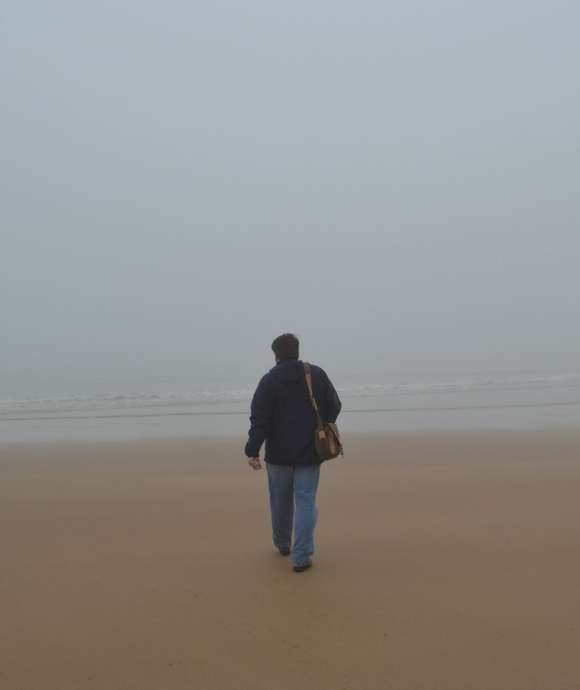
"No matter one’s age, travel is a unique and exciting educational experience. In my work, I have had the opportunity to reflect on history, events, and people in the places where they experienced life. Through the viewfinder, we can not only find history and perspective, but create memory, and evoke our evergreen past."
– Keith Huxen, PhD, Senior Director of Research and History, The National WWII Museum
Keith Huxen
Keith is the former Senior Director of Research and History in the Institute for the Study of War and Democracy at The National WWII Museum.
Cite this article:
MLA Citation:
APA Citation:
Chicago Style Citation:
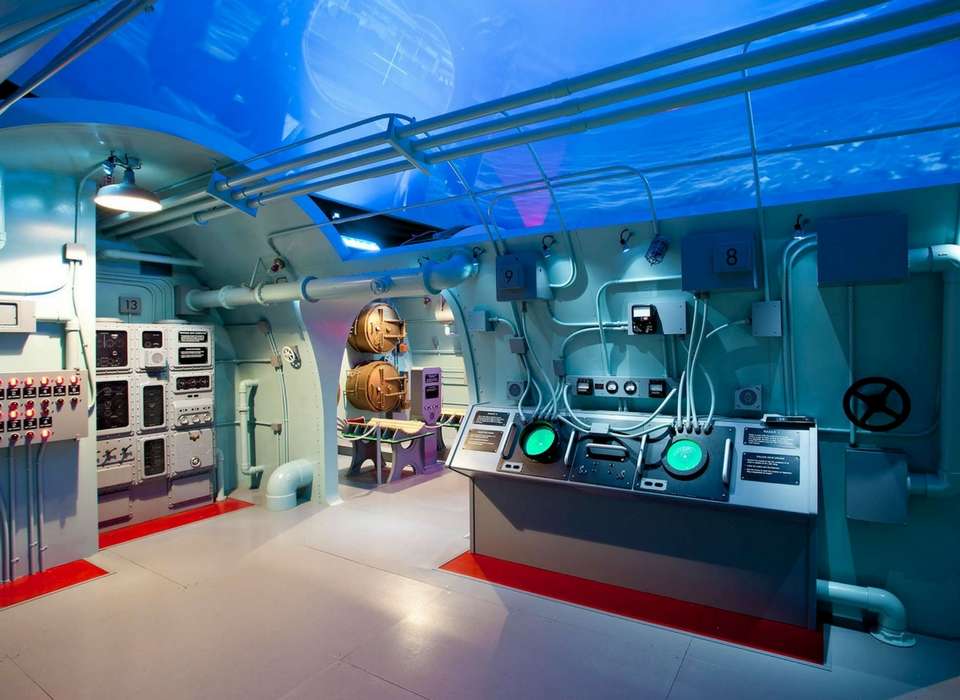
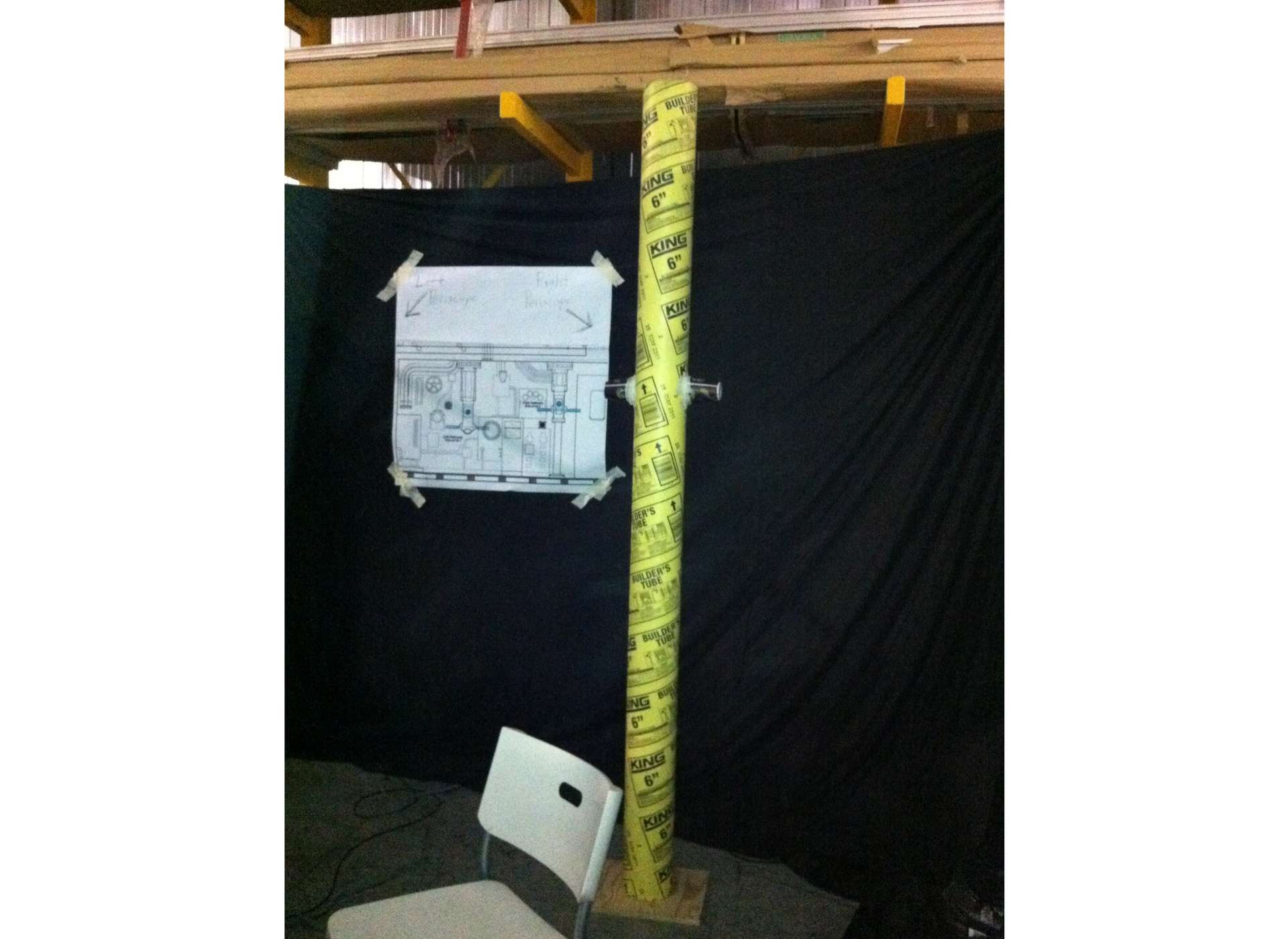
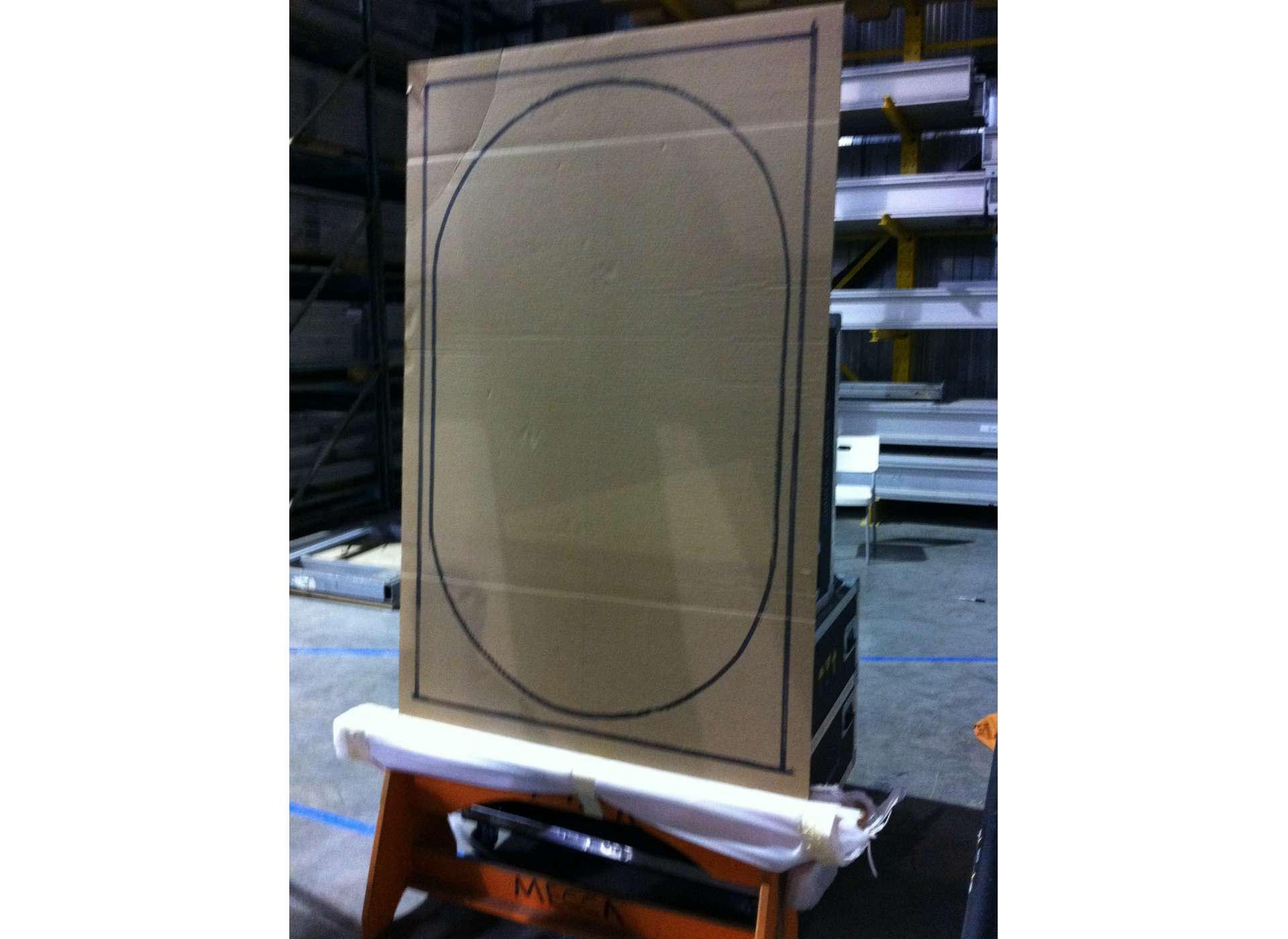
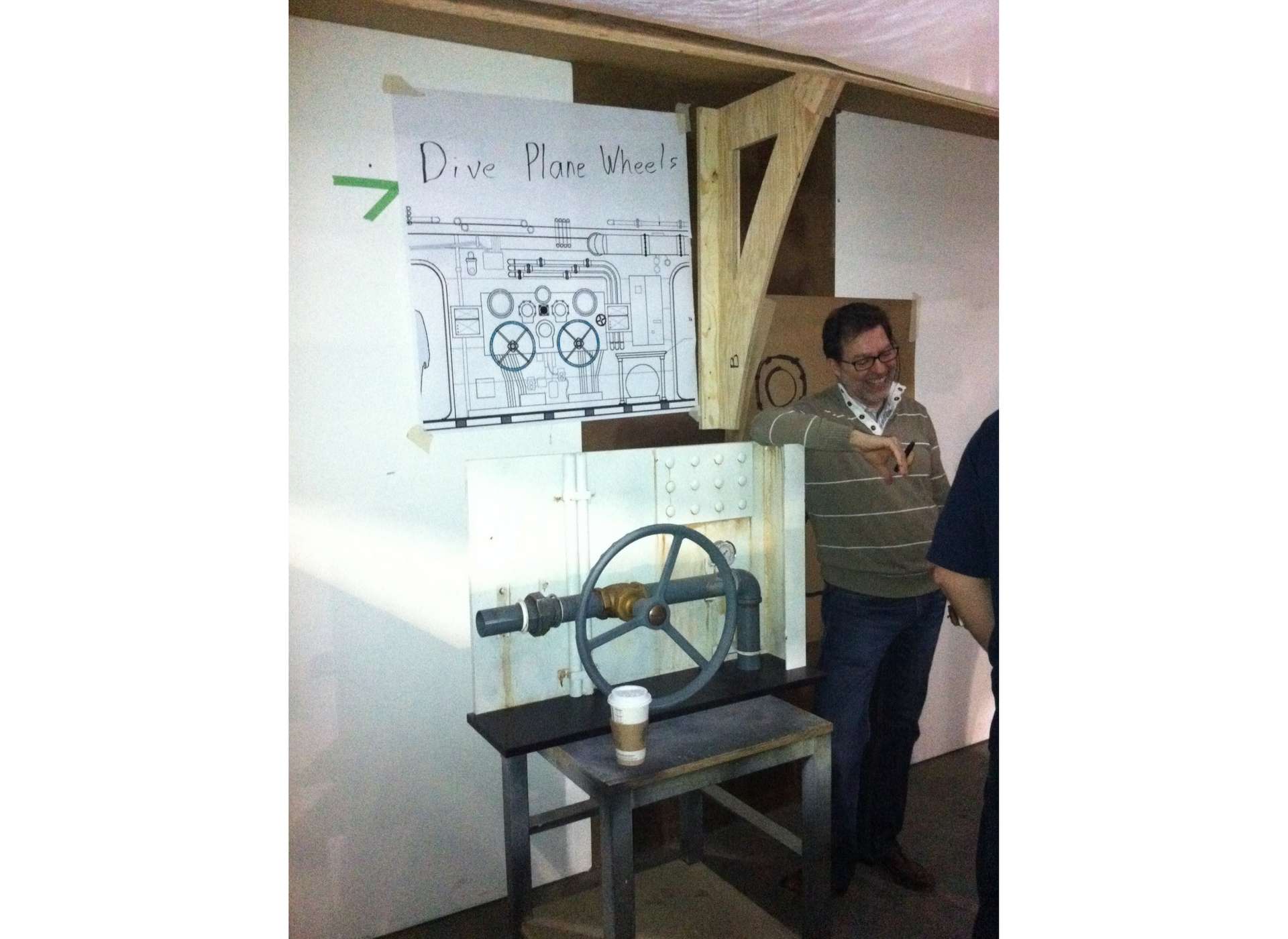
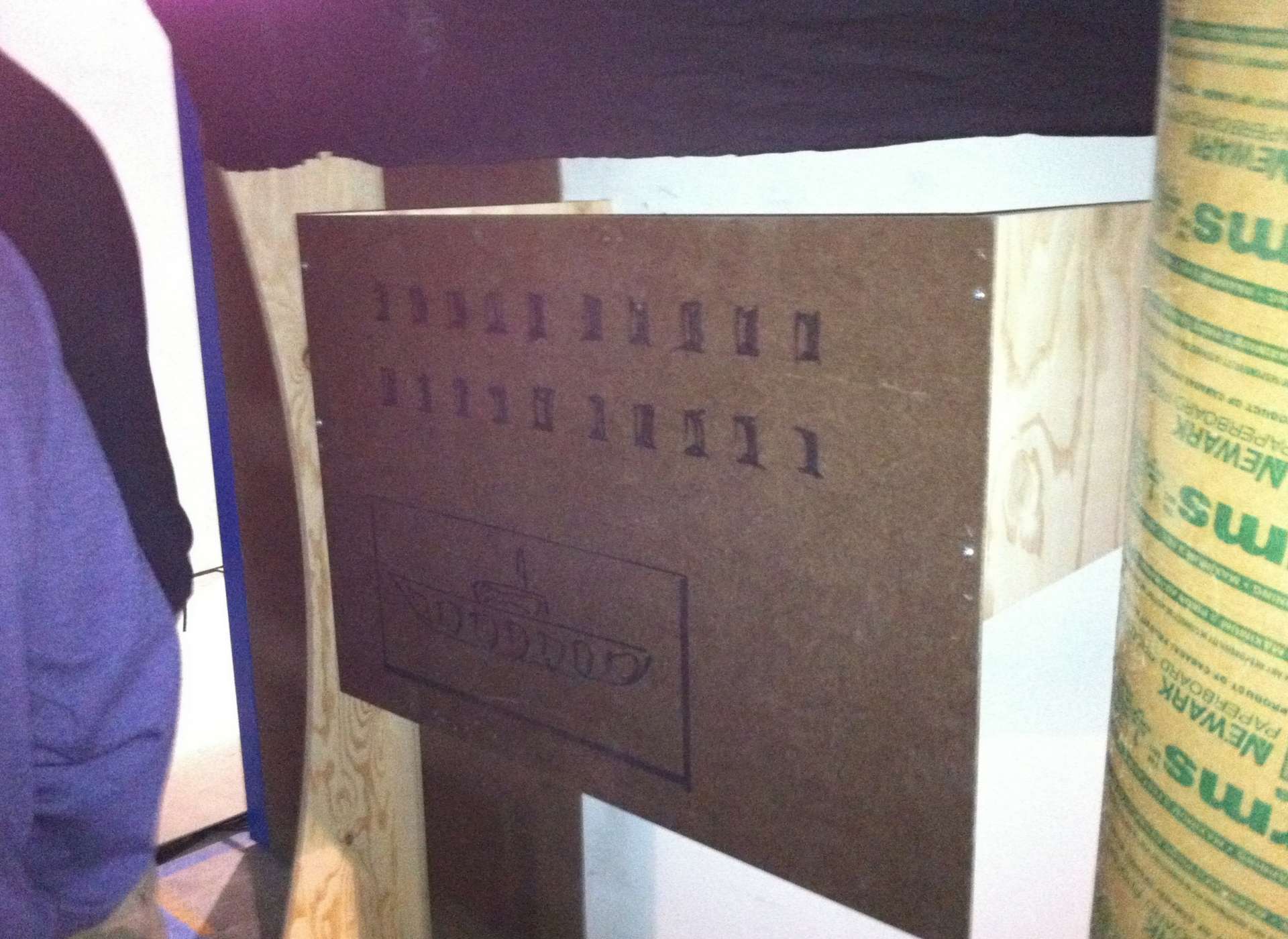
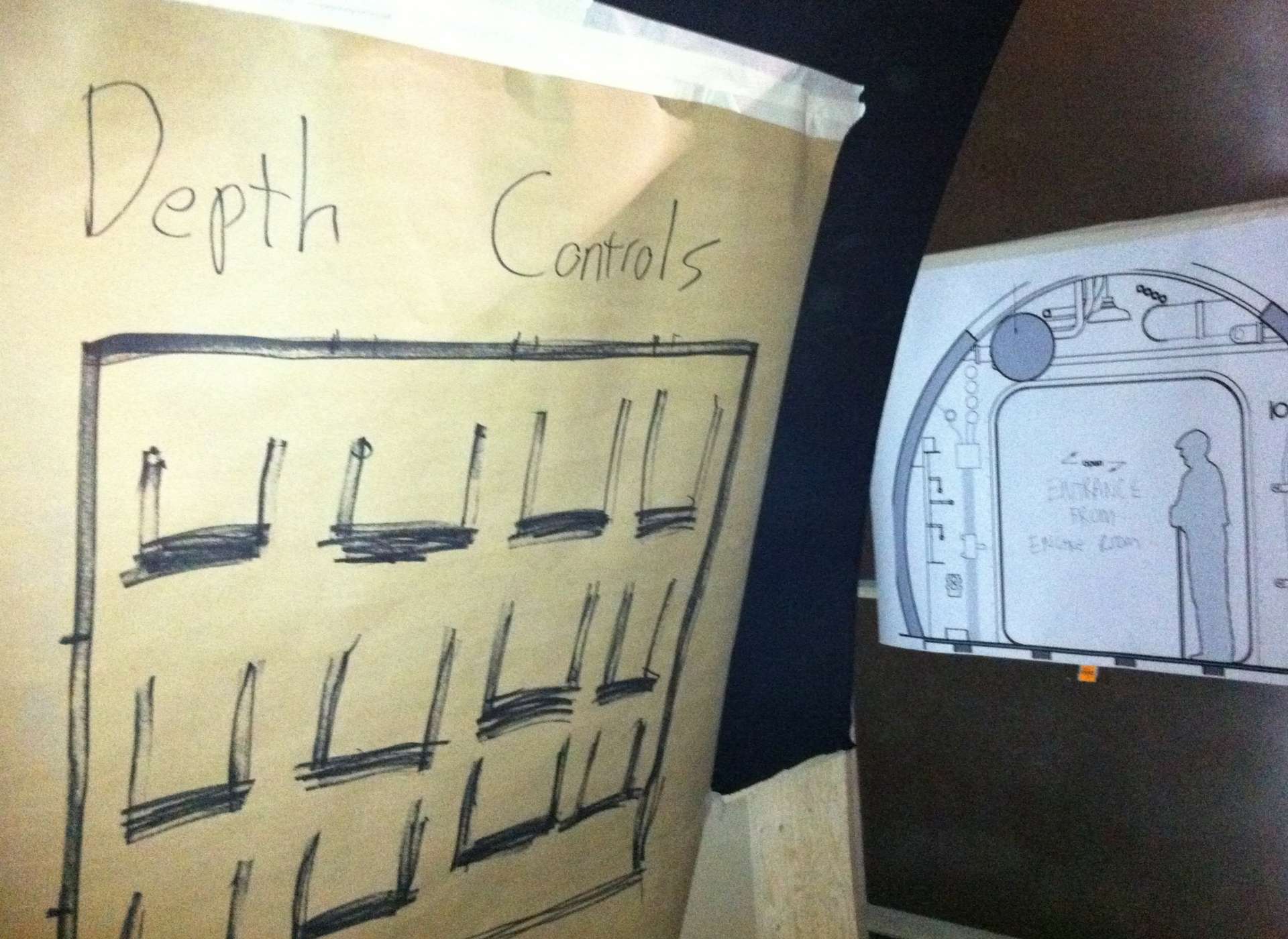
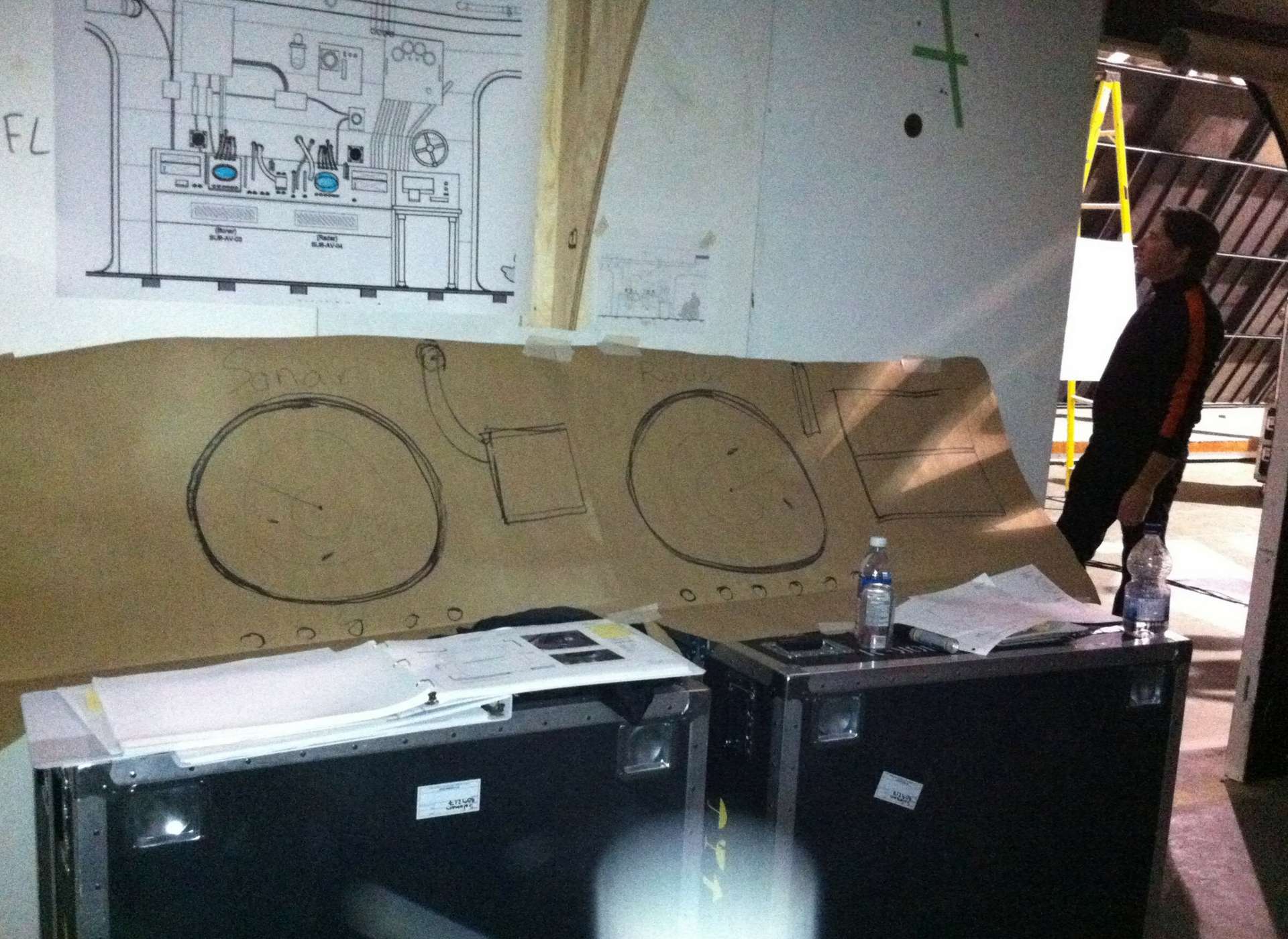
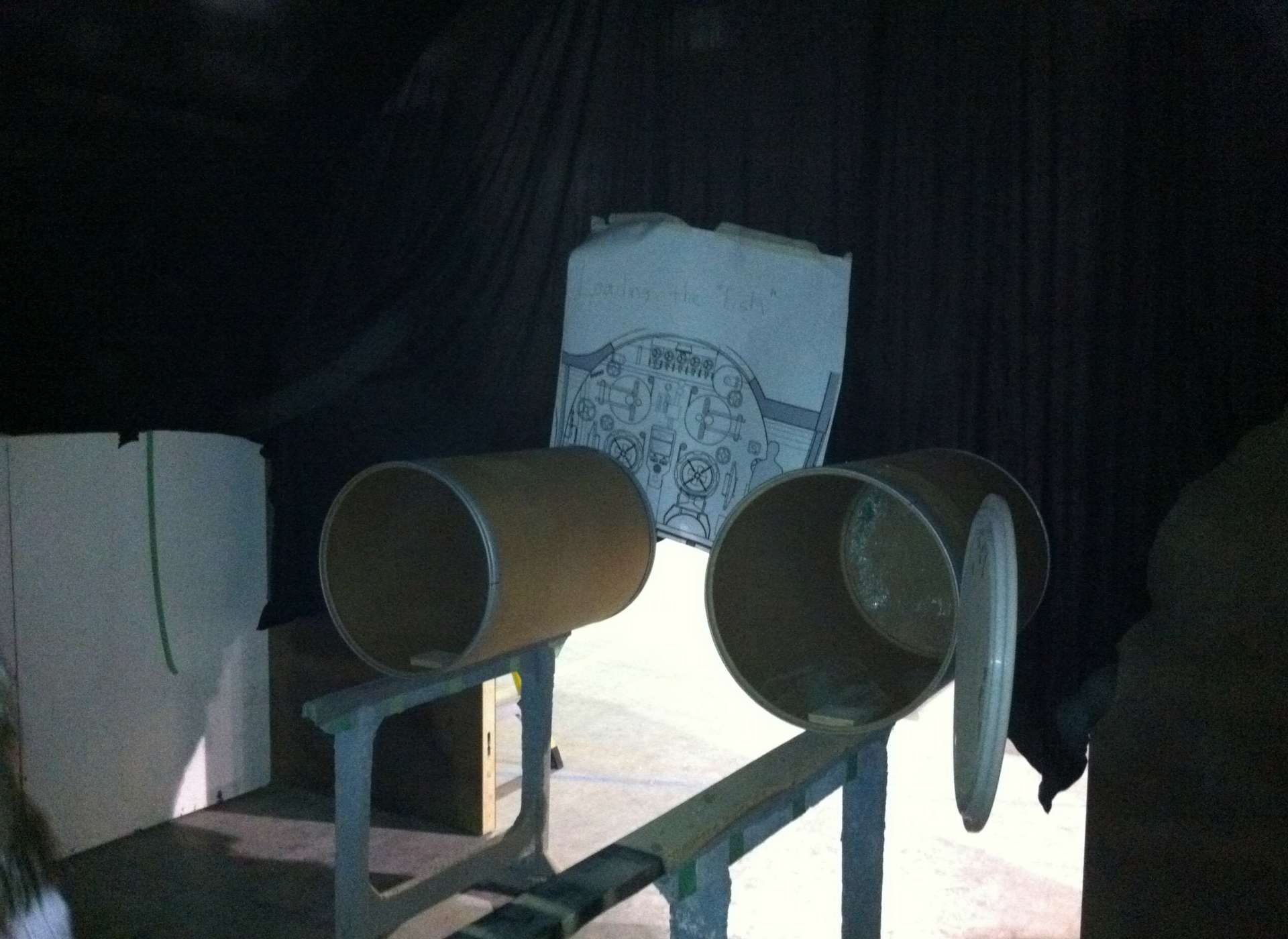

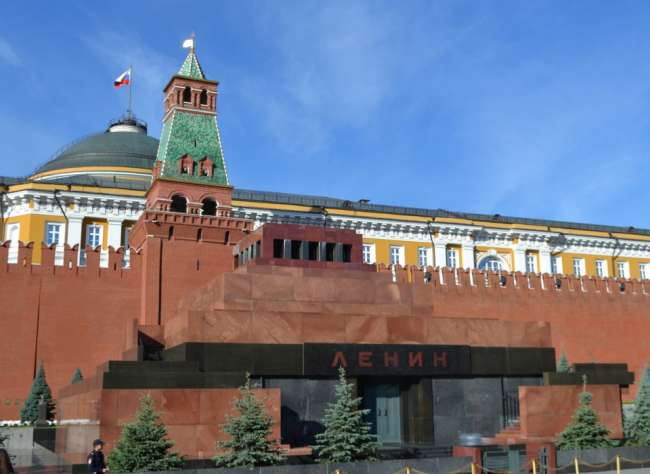
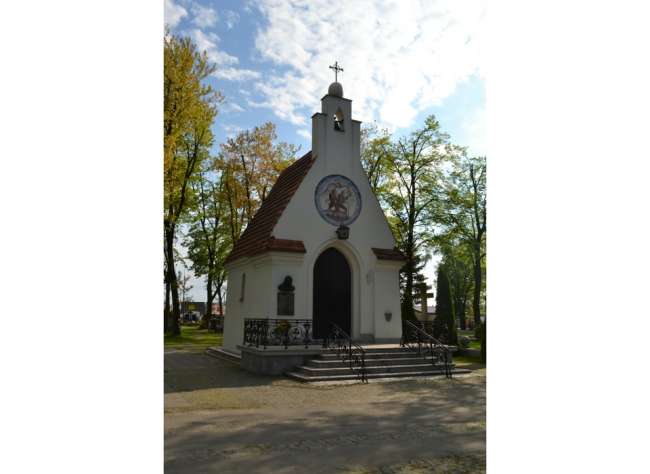
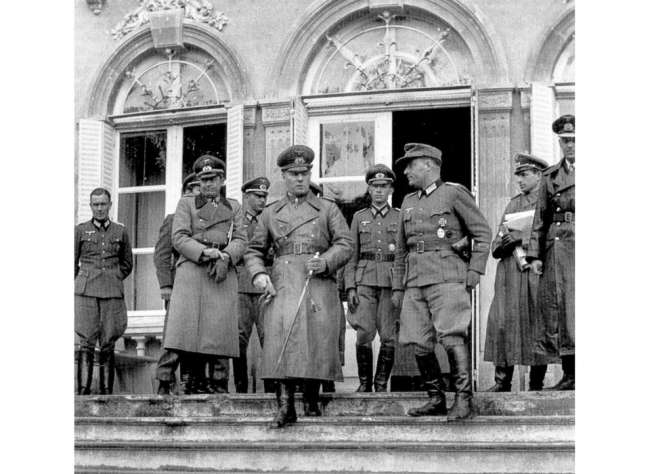
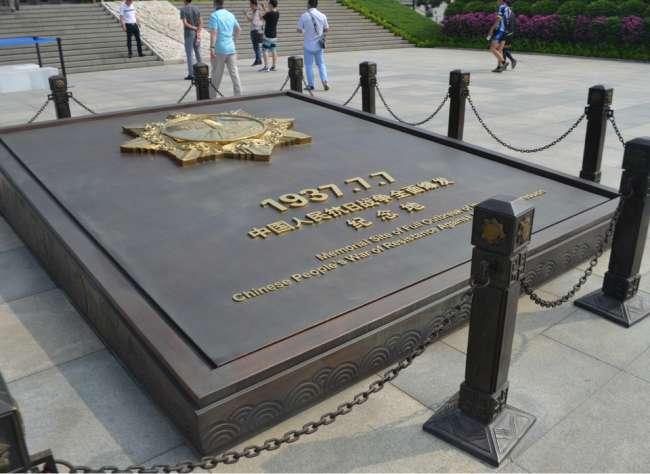





![Max Fuchs, New York City cantor, sings as Rabbi Sydney [sic] Lefkowitz, Richmond, VA, conducts the first Jewish services from Germany.](/sites/default/files/styles/max_650x650/public/2025-10/image1.jpg)

